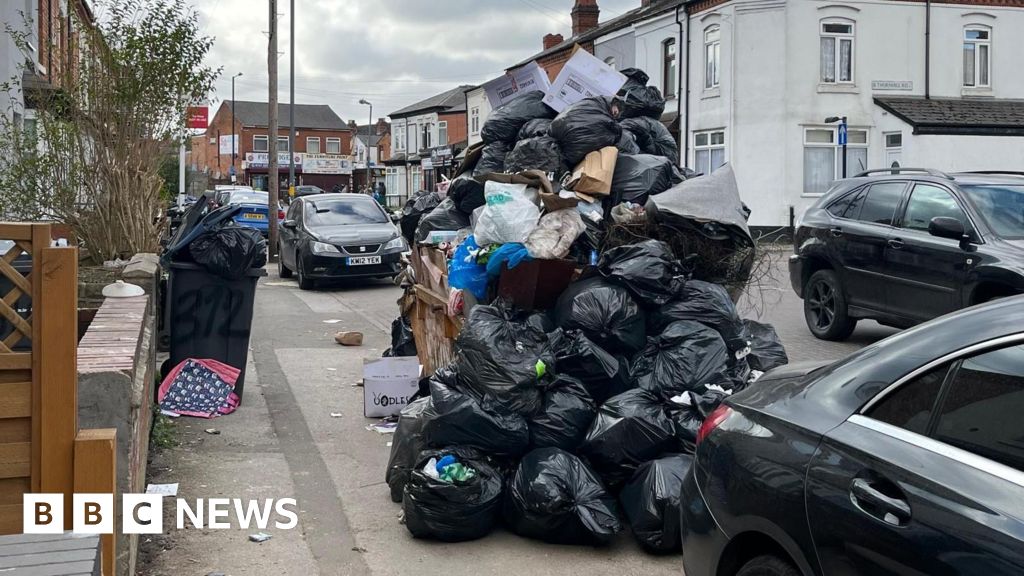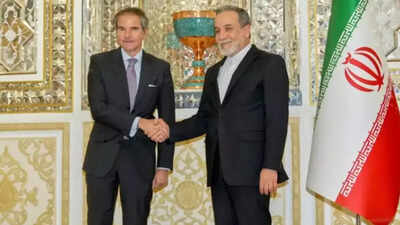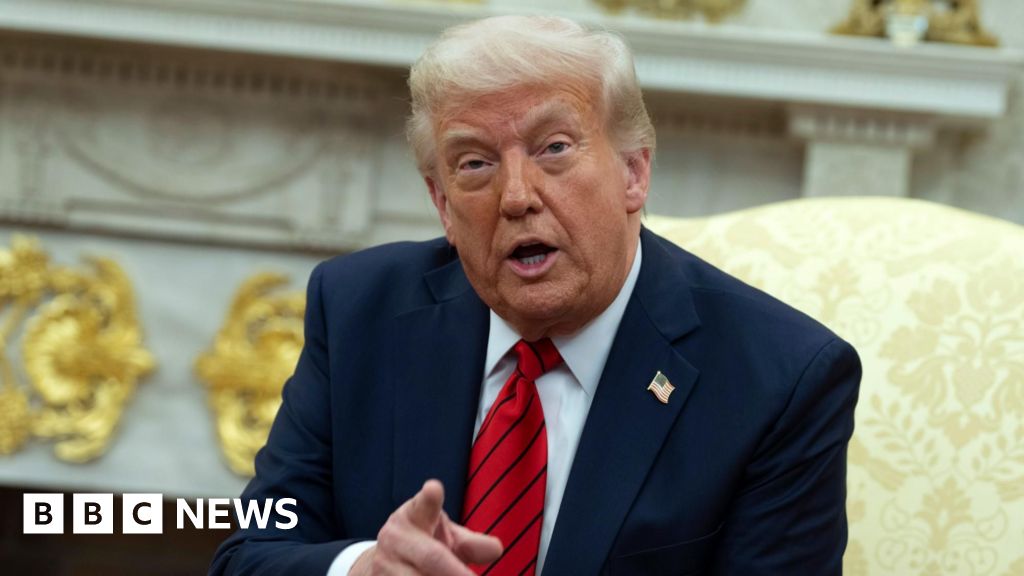Tensions Escalate as Hezbollah Vows to Retain Arms Amid Israeli Strikes in Southern Lebanon

On April 18, 2025, Lebanese soldiers inspected the aftermath of a devastating Israeli airstrike that left a vehicle charred and lifeless in Ghazieh, a town near Sidon. This strike was part of a larger pattern of escalating violence in the region, with Israeli forces intensifying their operations against Hezbollah militants. In the aftermath of the attack, the Lebanese health ministry reported that the airstrikes had resulted in two fatalities, highlighting the ongoing toll of this conflict on civilian life.
In a resolute statement, Hezbollah's leader Naim Qassem declared on Friday that the organization would not allow any attempts to disarm it. This declaration came amid mounting pressure from Washington on the Lebanese government to compel the Iran-backed militant group to surrender its arsenal. The political landscape in Lebanon is fraught, with Hezbollah's arms being a central point of contention in discussions about the nation's future.
The health ministry's reporting detailed that an Israeli strike on a vehicle traveling along the Sidon-Ghaziyeh road resulted in one death, marking the fourth consecutive day of assaults on southern Lebanon. Shortly thereafter, another Israeli attack on a vehicle near Aita al-Shaab also claimed a life, further raising tensions in an already volatile environment.
Israel's military justified its actions, claiming it carried out a 'precise strike' aimed at eliminating Muhammad Jaafar Mannah Asaad Abdallah, a Hezbollah operative allegedly responsible for coordinating the groups communication systems across Lebanon. The Israeli Defense Forces (IDF) reiterated its commitment to targeting individuals it deems threats, emphasizing its ongoing military objectives in the region.
At the scene of the strike in Aita al-Shaab, security forces maintained a presence as locals gathered to witness the charred remnants of the attacked vehicle, which had been extinguished by firefighters. The sight starkly illustrated the reality of the conflict and its impact on ordinary Lebanese citizens.
Hezbollah has long been a dominant player in Lebanese politics, but its influence has waned over the past year due to extensive hostilities with Israel, which were exacerbated by the recent Gaza war. This conflict included a ground invasion and relentless bombardments that severely weakened Hezbollahs leadership structure, leading to the death of its longtime chief, Hassan Nasrallah, in an airstrike.
In his remarks aired on a Hezbollah-affiliated television network, Qassem asserted, 'We will not let anyone disarm Hezbollah or disarm the resistance against Israel. We must cut this idea of disarmament from the dictionary.' His insistence reflects the longstanding ideological commitment of Hezbollah to maintain its armed resistance against perceived Israeli aggression.
In a bid to address the arms issue, Lebanese President Joseph Aoun expressed a desire to make 2025 a pivotal year for limiting arms to the state and advocated for dialogue with Hezbollah to achieve this goal. However, Qassem responded to such overtures by stating that Hezbollah would only engage in discussions about a 'defence strategy' if they occurred without the pressure of Israeli occupation. He emphasized that Israel must withdraw from southern Lebanon and cease its aggressive actions, allowing for reconstruction efforts to commence.
Qassems comments were echoed by another Hezbollah official, Wafic Safa, who firmly stated that discussions about disarmament would only occur after Israels complete withdrawal from southern Lebanon. Safa's remarks highlighted a pragmatic approach to the conflict, suggesting that any defensive strategy should prioritize Lebanon's protection rather than disarming Hezbollah.
Despite the ceasefire declared in November, which was supposed to lead to Israel's withdrawal from southern Lebanon, Israeli military forces have maintained presence in five 'strategic' positions, which adds to the tension. Moreover, Israel continues to conduct strikes across Lebanon, claiming these are directed at Hezbollah members. Under the ceasefire, Hezbollah was expected to reposition its fighters north of the Litani River and dismantle military infrastructure in the south, yet these terms have not been fully realized.
Hezbollah argues that the ceasefire does not encompass the entirety of Lebanon, despite being premised on UN Security Council Resolution 1701, which mandates the disarmament of non-state actors. Notably, Hezbollah was the only faction to retain its arms following the conclusion of Lebanon's fifteen-year civil war in 1990, citing the need for a resistance force against continued Israeli occupation until the year 2000.
In recent statements, US special envoy for the Middle East, Morgan Ortagus, emphasized Washington's ongoing push for Lebanon to fully implement the ceasefire terms, which includes disarming Hezbollah and other militias. Qassem's remarks underscored Hezbollah's rejection of 'American control over Lebanon,' signaling a firm stance against external influences on national sovereignty.
In a concluding note, Safa reiterated both Hezbollah and the Lebanese military's commitment to respecting the terms of the ceasefire, placing the blame for ongoing tensions squarely on Israel's actions, which he described as non-compliant with the agreed terms. According to sources close to Hezbollah, the group has already ceded approximately 190 of its 265 military positions south of the Litani River to the Lebanese army, indicating a complex dynamic at play in the region.
This ongoing conflict reflects deep-seated historical grievances and the challenges facing Lebanon as it navigates its political landscape amidst external pressures and internal divisions.



























